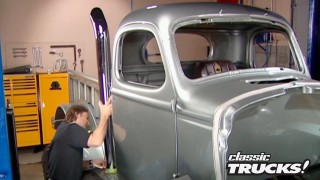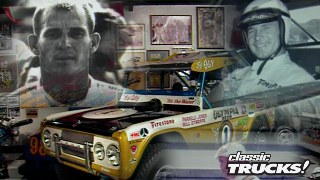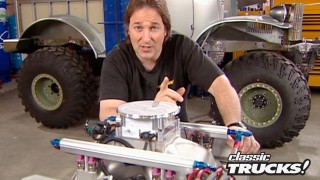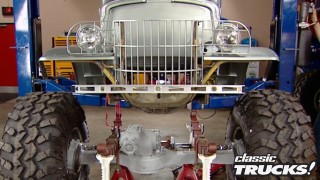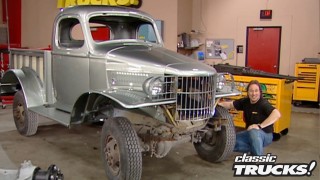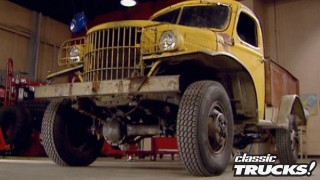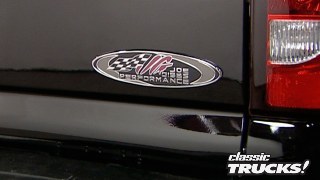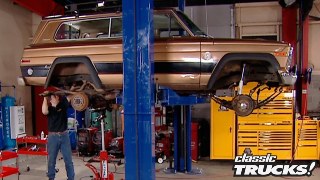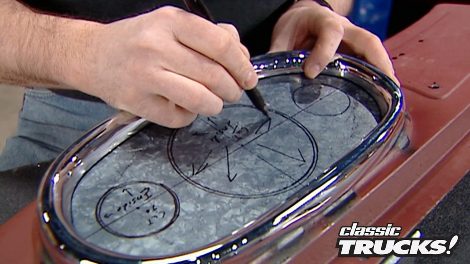
Classic Ford Front End
We explore the intricate process of building a custom dashboard, focusing on details like choosing the right gauges and creating unique designs for a hot rod custom truck.
Season 7
Episode 9
Hosts: Stacey David
First Air Date: June 1, 2015
Duration: 18 minutes 23 seconds
